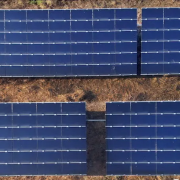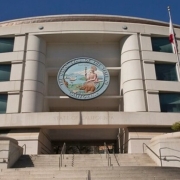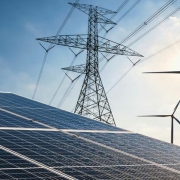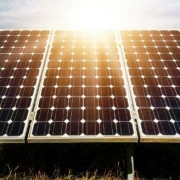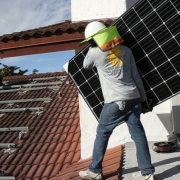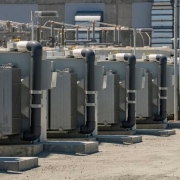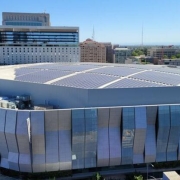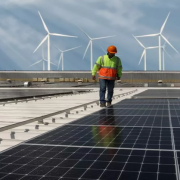South African consumer goods giant and its largest food manufacturer, Tiger Brands, will install solar power at its manufacturing sites. Tiger Brands has also been implementing energy efficiency initiatives to maximize efforts with the aim of reducing the company’s reliance on the national grid and minimize impact on the environment. Tiger Brands’ portfolio includes key staples such as maize meal, rice, pasta, and flour, and also spans a wide variety of products such as beverages, canned foods, sea food, baby food, and toiletries.
Tiger Brands says that the rollout will start soon and will be part of a multi-million-rand investment with the goal to have 65% of the business’ electricity requirements at a manufacturing level across South Africa sourced from sustainable energy solutions by 2030. The rollout will involve the procurement of Power Purchase Agreements (PPAs) from Independent Power Producers (IPPs) in the C&I solar sector and will also include other other renewable energy options.
Click here to read the full article
Source: Clean Technica
—
If you have any questions or thoughts about the topic, feel free to contact us here or leave a comment below.

